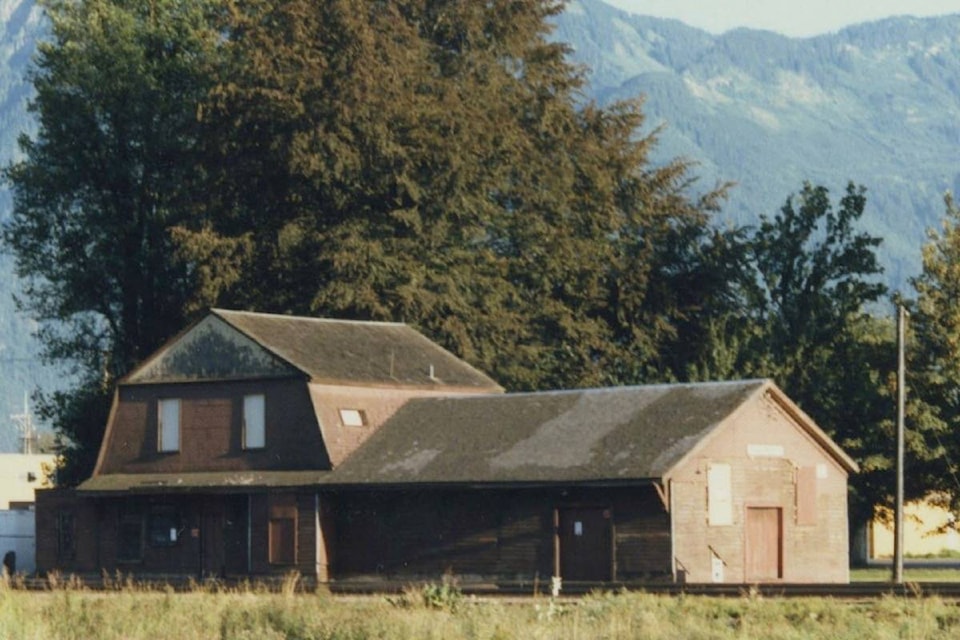The first column from the Agassiz Harrison Museum’s new manager/curator Lindsay Foreman:
Our communities of Agassiz, Harrison Mills, and Harrison Hot Springs have truly stood the test of time. This column will showcase our unique history, tease out connections, and share some never-before-seen snapshots of the past. My goal is to highlight the links between current events and those that have been recorded in our local newspaper and historical society archives.
| Lindsay Foreman is a new face in town as the manager/curator at the Agassiz Harrison museum. She'll be contributing a monthly column to the Observer that dives into local history. (Submitted) |
A picture is worth a thousand words, or so the saying goes. I thought I would start the column off with the story of our museum building’s movement on the Agassiz landscape. It has braved a number of events between 1893 and today, and continues to stand as a strong feature of our community.
The Agassiz-Harrison Museum is located in the old Canadian Pacific Rail Station that was built in 1893. It replaced the first station that had been erected seven years earlier in 1886. The station is situated south of the CPR tracks at what is today the corner of Pioneer Avenue and Evergreen Drive (Highway 9). It remained in this location for nearly 100 years.
In 1985, the station was moved across the tracks to the Agriculture Research Station where it welcomed visitors for approximately twenty years. In 2003, the District of Kent assisted with moving the museum back to its original site to flank the western end of Pioneer Park. This move permitted the reinstatement of the building’s heritage status. During this final move, the station was reoriented to have the lobby open from Pioneer Avenue instead of the CPR platform.
Additional improvements have been made to the site, including the construction of a new barn in 2012. The rear of the barn provides additional storage space for the museum’s collection. A permanent display of some of the community’s farming and forestry equipment is open in the front of the barn from the spring to fall.
The museum is open Monday to Saturday 10 a.m. to 4 p.m. and Sunday 1 p.m. to 4 p.m. Please come and visit us!
Also, mark your calendar for our Community Open House on Saturday July 21 from 12 to 4 pm. We will be serving refreshments, including some treats from our heritage cook book.
–Lindsay Foreman
Manager/curator, Agassiz-Harrison Museum and Visitor Information Centre
lindsay@agassizharrisonmuseum.org
| The Agassiz Station during the 1948 flood. Provided by A.B. Gordon. (Agassiz-Harrison Historical Society Photograph) |
| )The Agassiz-Harrison Museum and Visitor Information Centre, today. Note the orientation of the building with the lobby facing the street. (Submitted/Lindsay Foreman). |
